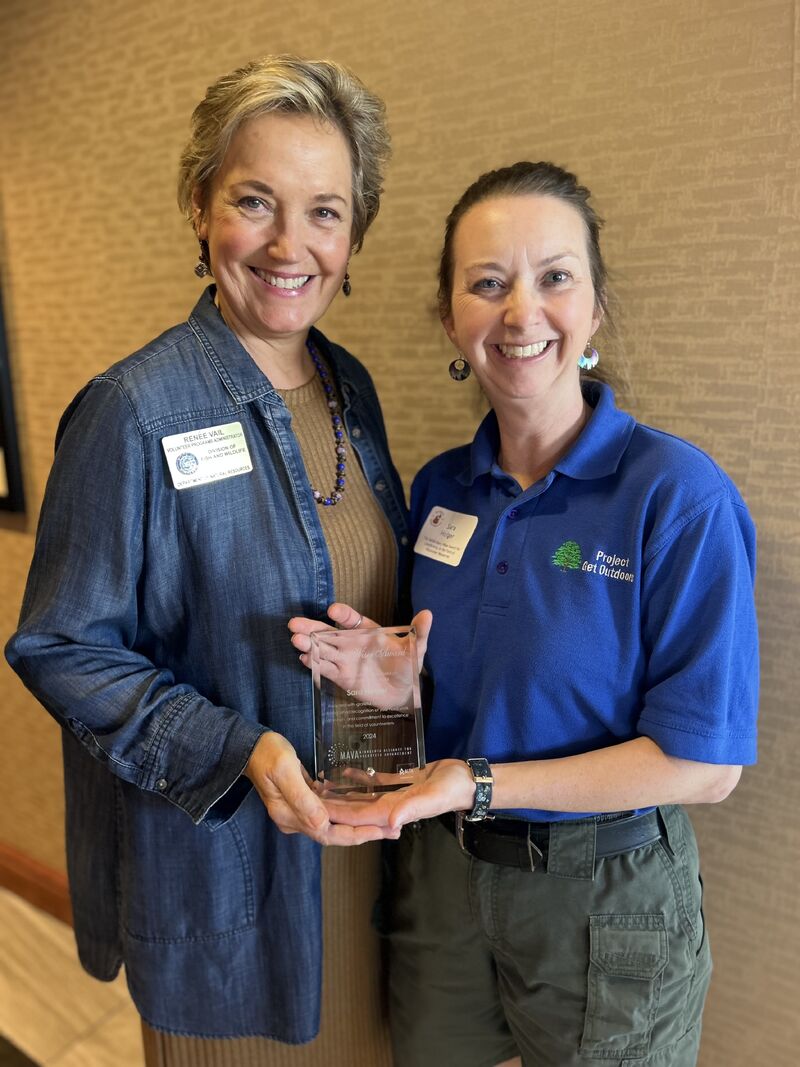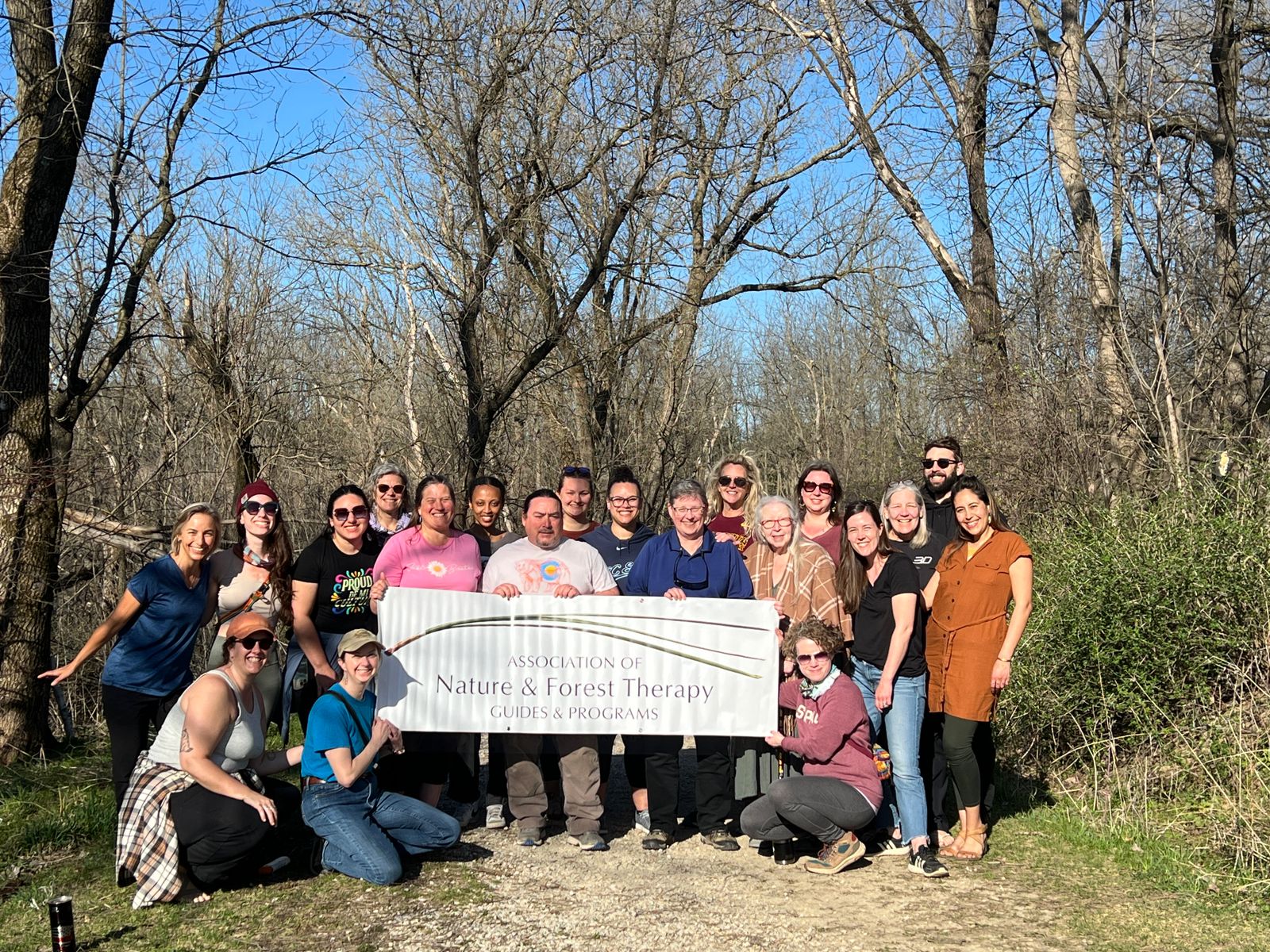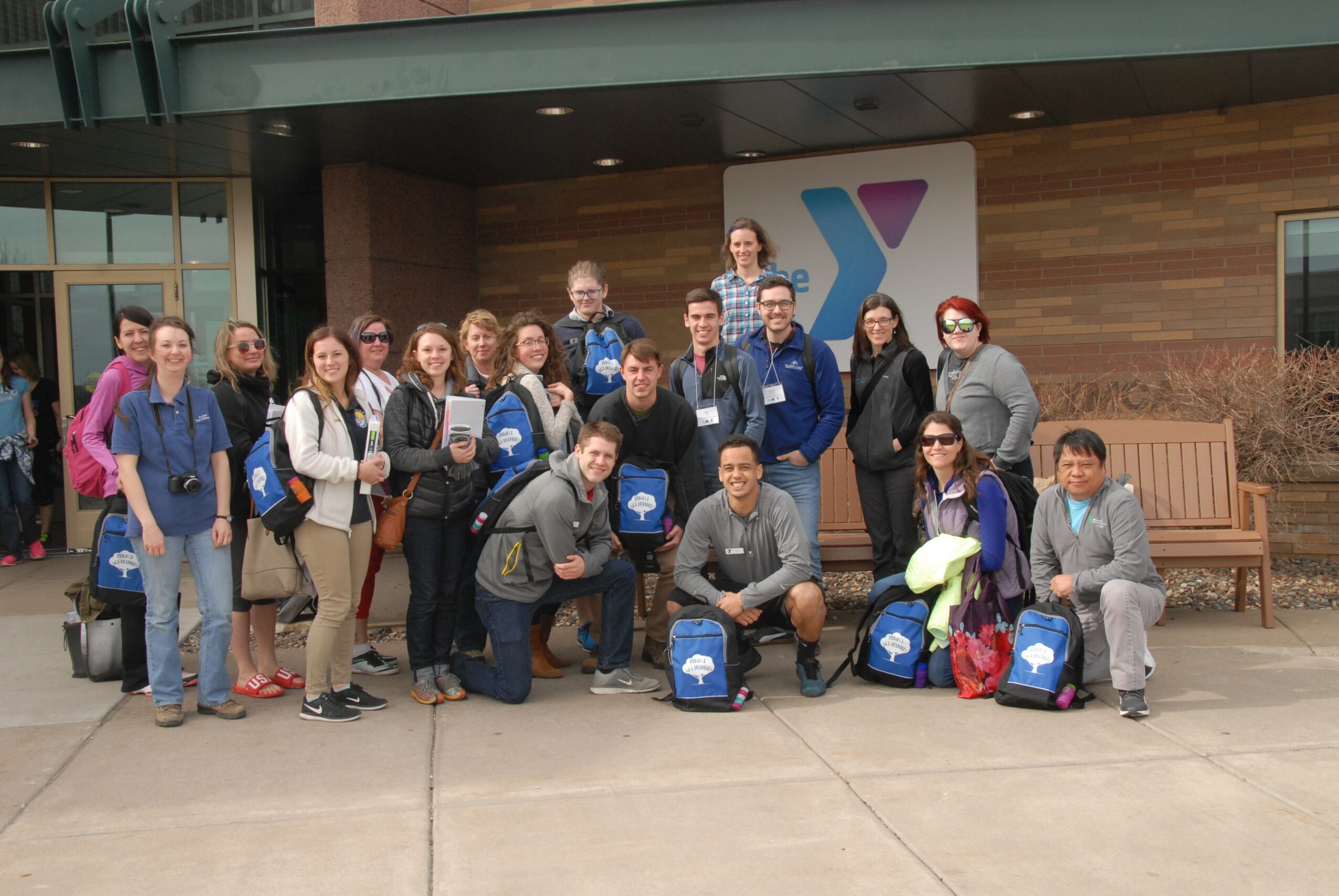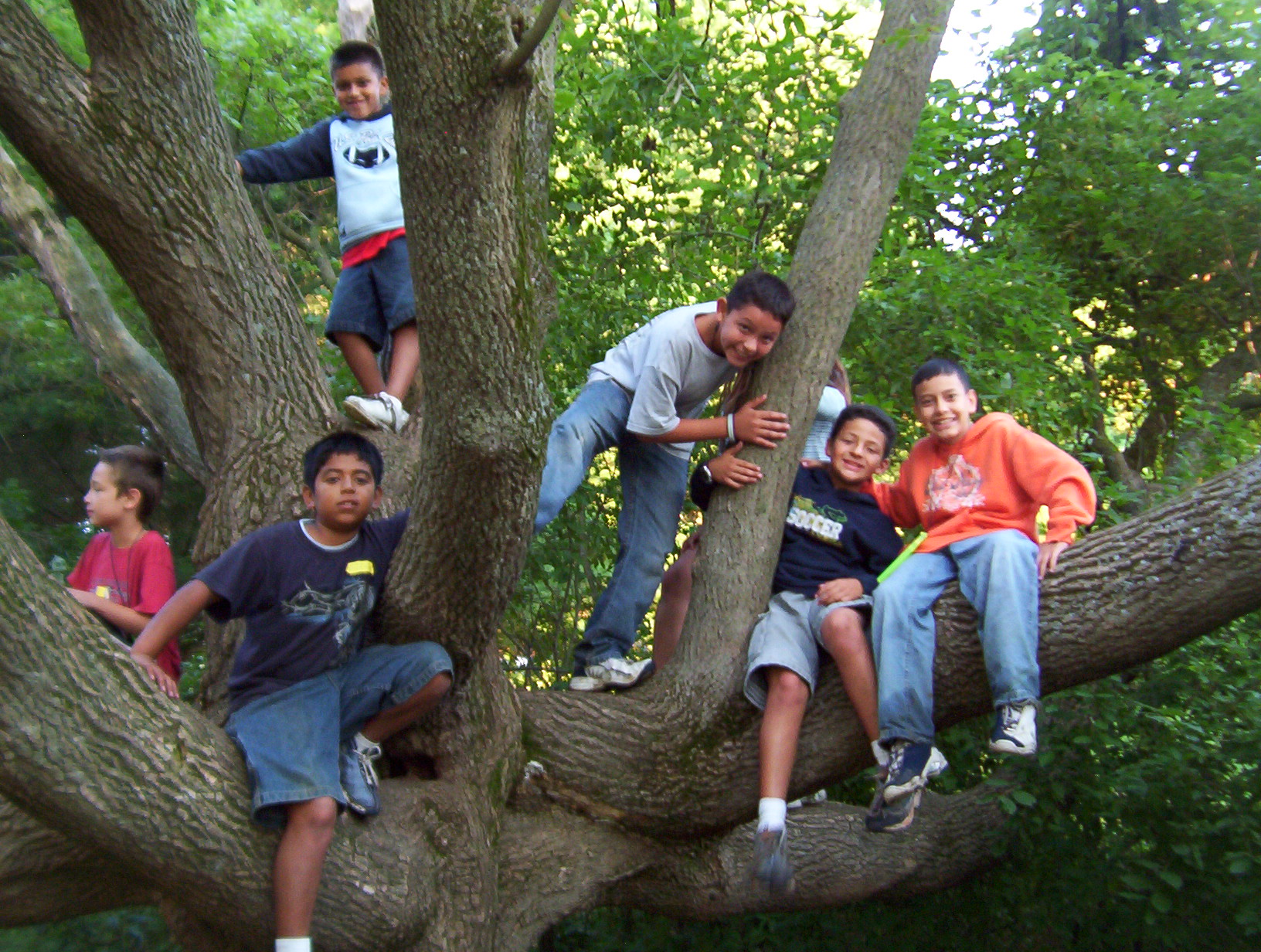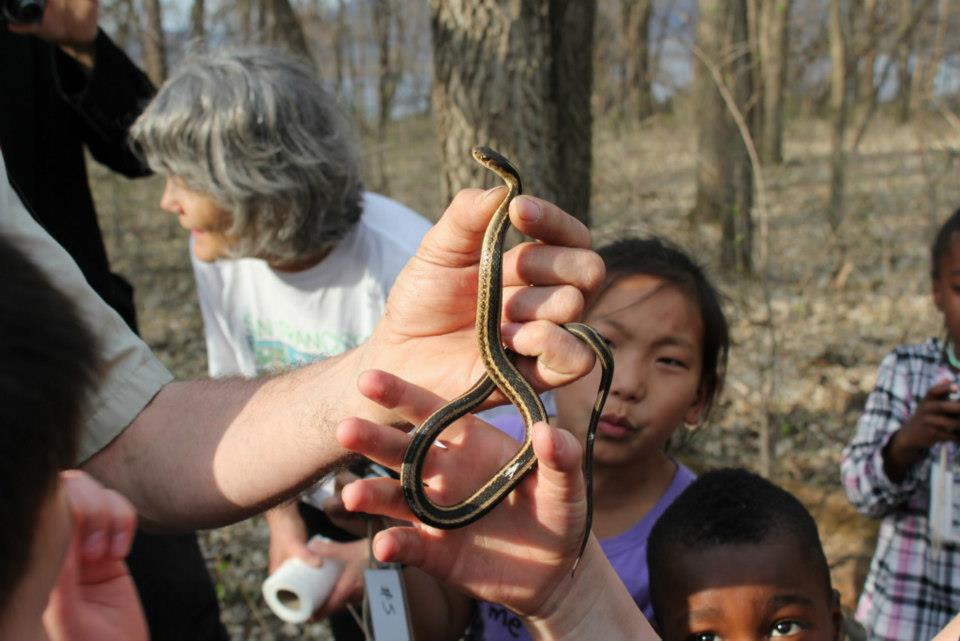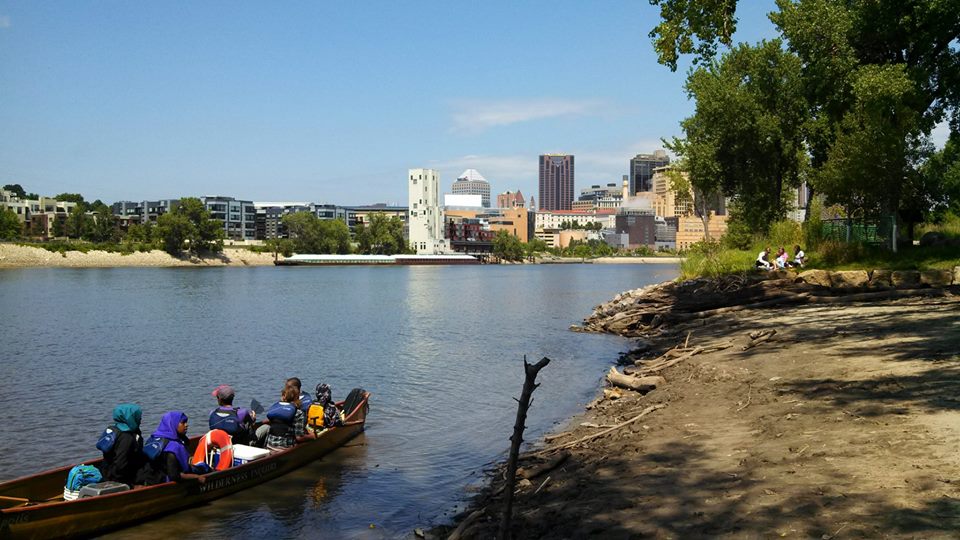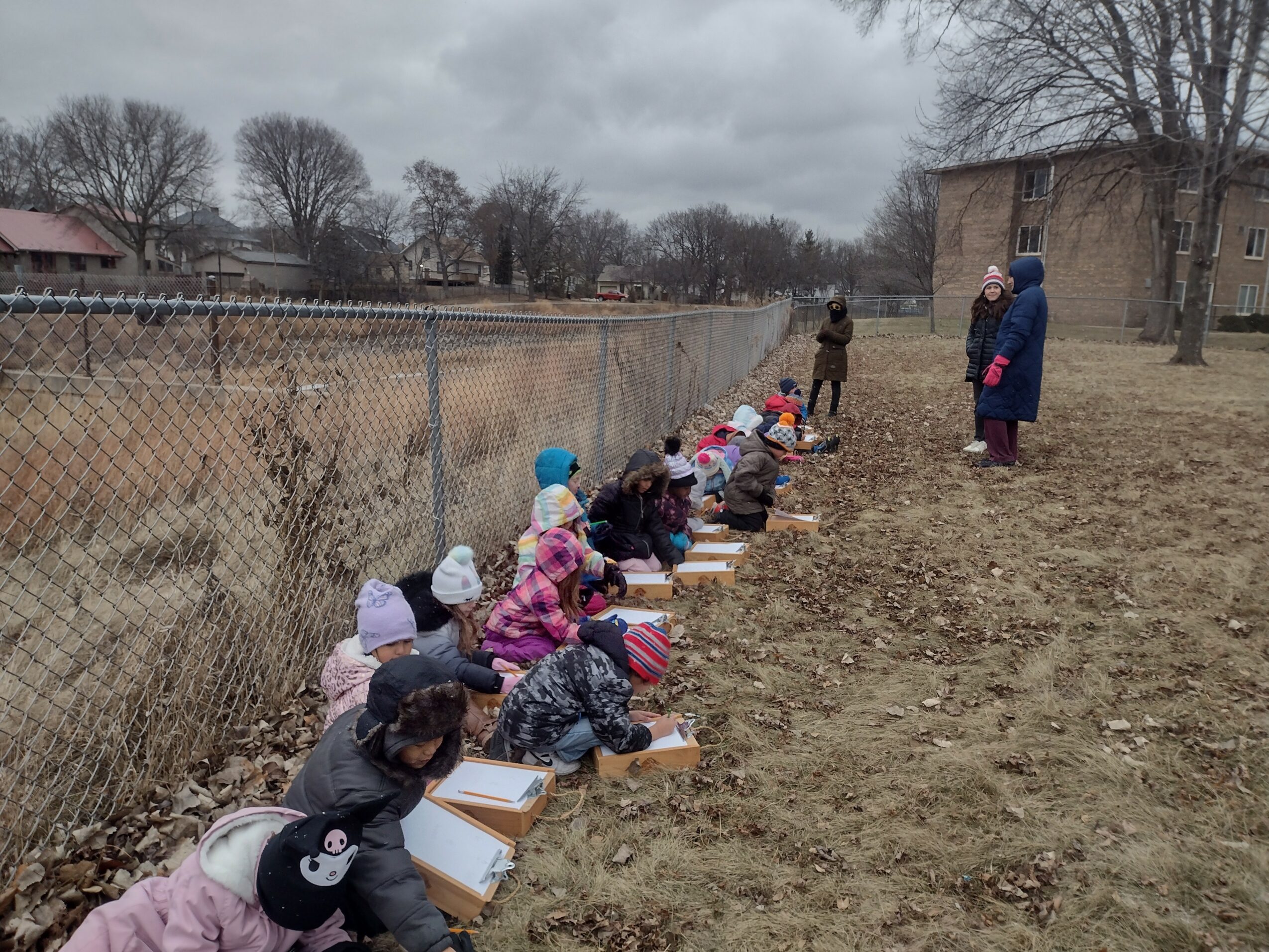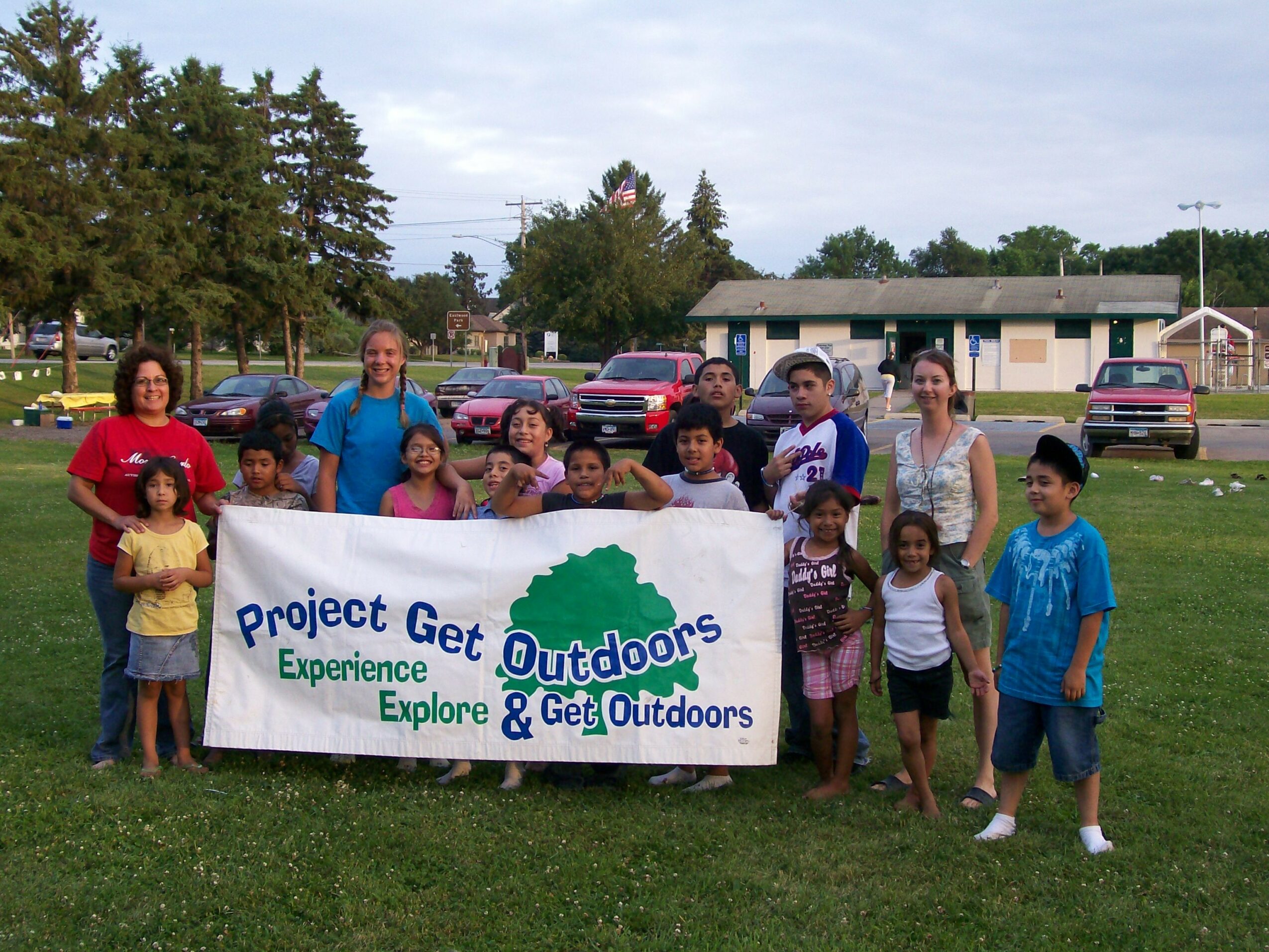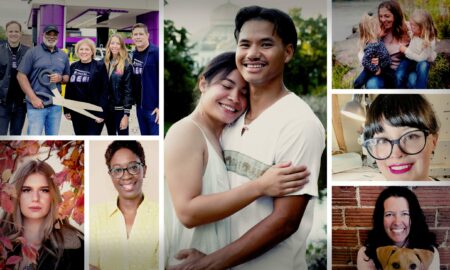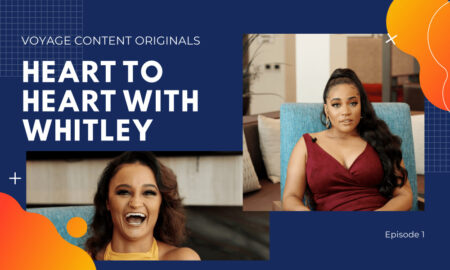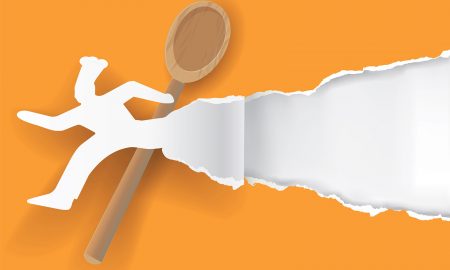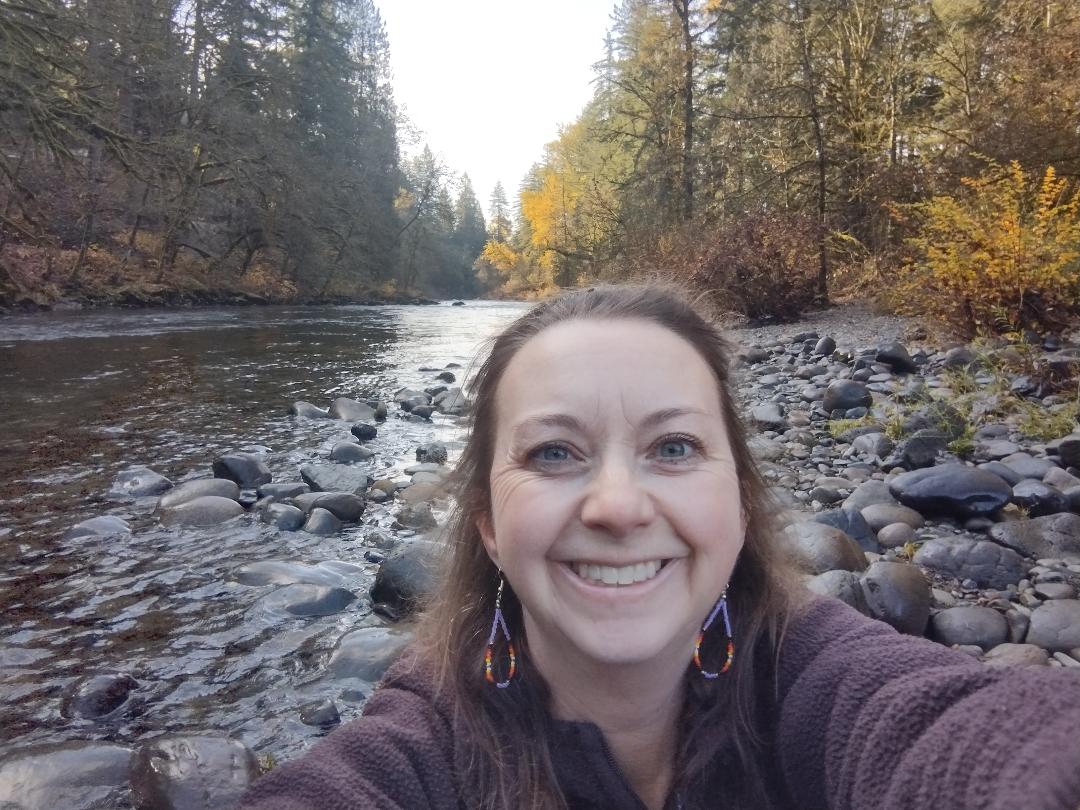

Today we’d like to introduce you to Sara Holger.
Sara, we appreciate you taking the time to share your story with us today. Where does your story begin?
In 2005, I read Richard Louv’s book, “Last Child in the Woods; Saving our Children from Nature-deficit Disorder,” and I was horrified to learn that most children no longer have connections to nature. I grew up on the far west end of Lake Minnetonka, in a town called Mound Westonka. We played outdoors with neighbor kids and spent many summer days down at the beach with no parents, only the life guards keeping an eye on us. I knew from a young age that I wanted to have an outdoor job that allowed me to connect with nature. I turned to nature throughout my childhood when things got tough at home or with friends or school.
After reading Last Child in the Woods, I thought about ways I could combine my naturalist background and the volunteering I was doing at a local youth center in my community. I reached out to community partners including the local state parks, national wildlife refuge, universities and local volunteers to pilot an after-school program at the youth center. I called it Project Get Outdoors, to follow the line of similar environmental education programs already existing at the time; Project Wet, Project Learning Tree, Project WILD. Our program targeted the children of Latino migrant farm workers who came to my community of Plainview each year. More and more of these families were finding permanent residence in the area and there were not many youth programs that were accessible to them. We had amazing turnout with that very first pilot program in 2005, and soon, other nearby communities were contacting me to find out how they could create similar programs. So, our collective group of partners decided to become a non-profit organization to help more community organizations create similar experiences for connecting under-served youth and young adults to nature.
Can you talk to us a bit about the challenges and lessons you’ve learned along the way. Looking back would you say it’s been easy or smooth in retrospect?
There have been a lot of ups and downs over the 20 years since we began this work.
During the first decade, it was fairly easy to find grants and local funding. Our work was recognized as non-conventional and leading the way in this realm in southeast Minnesota. I was singled out as the “darling” of some of our partner organizations because of the sensationalism of the topic after Last Child in the Woods was released.
Funds for starting up programs are typically easy to find. It’s the funds for sustaining programs in the long-run that are tricky. But our program model is an asset based community development model that we adapted from early work of the Southern Minnesota Initiative Foundation. We work to help community partners map out existing assets they already have and ways to connect those pieces to create sustainable, local programs.
Another challenge has been sustaining volunteers. Most of our program leaders invest between 5 – 10 years in leading programming at their local, community sites. Once they step down, it is hard to find new volunteers to take the reigns. So our longest-lived sites have been 10 – 11 years. We have adapted our training to provide resources and support to other youth-serving professionals such as childcare providers, teachers, and mental health workers, in an effort to equip more adults to be outdoor mentors for youth in various settings where youth may engage with adults.
Appreciate you sharing that. What else should we know about what you do?
I have been an environmental educator since June of 1994 – literally my work as an environmental educator began the day after I graduated from high school. I have been able to gain a variety of perspectives, skills and knowledge from working at various conservation-based agencies and organizations; federal, state, county and local. My early work with the Plainview Youth Center allowed me to participate in trainings and projects through 4-H, Boy Scouts, YMCA and other youth-serving organizations, enhancing my skills to better serve youth. In 2005, when I founded Project Get Outdoors, I was nervous about jumping into the non-profit realm but I knew it was my calling to bring this work into communities.
I get goosebumps often in this work. I enjoy watching adult volunteers we train, begin to find ways to engage kids in their communities. I have seen young adults pursue college careers in education and natural resources because of the mentoring experiences they had in Project GO. I have seen adults become fierce advocates for nature exploration, establishing outdoor initiatives in several towns and communities. One young woman went on to become an ESL teacher at the college level because of the positive interactions she had with bi-lingual Spanish speaking children at a Project GO site where she helped lead fishing activities.
As my confidence has grown over the years, I have helped champion larger efforts. We have pursued funding from the Minnesota Environment and Natural Resources Trust Fund and the National Park Service to help us develop equipment kits and training workshops. We have worked with the National Park Service, the US Fish and Wildlife Service, the University of Minnesota – Extension Service, the Minnesota Department of Natural Resources, and dozens of local organizations, to bring our training to community organizations across Minnesota. In 2024, we facilitated a cohort of youth-serving professionals to participate in a nature-based therapy certification program so we could increase access to nature-based therapy for youth in southeast Minnesota. Also that year, I was awarded by the Minnesota Alliance for Volunteer Advancement (MAVA), the 2024 Mary Wiser Award for Leadership in the Field of Volunteer Resources. That was quite an achievement, to be recognized for the decades of work I have done to empower volunteers to lead nature-based experiences in their local communities.
Can you talk to us about how you think about risk?
I think risk-taking is critical to innovation. In my career, I often take risks. I trust my heart and my conscience. The work I do is driven by a passion to change the world. I am not going to waste my life chasing money or glory. The path I always follow is typically more challenging but so much more rewarding.
Examples of this…I ended up divorced from my first husband, for many reasons, but partly because I was committed to serving low-income and under-served youth and had been volunteering and working very low-paying positions to do that work. We were living on a farm and not bringing in enough income to cover our living costs. I attended a luncheon sponsored by the Boys and Girls Club of Rochester and seated at the table next to me was a woman who was an executive director of a local non-profit and as we talked, she told me that she had been divorced and that most women leaders of non-profits are divorced…because we become married to our work, to our passion-driven obsession with making the world better. When I later divorced my husband, it was one of the scariest things I ever did. But in the midst of living in a trailer park and being on medical assistance and energy assistance that year, I felt a strength I had never known and, perhaps because of the dire financial situation I was in, I pushed myself creatively and as an entrepreneur, to find a way to make a living while following my heart and passion.
Another example is in November 2023, when I chose to leave the security of a nearly 25-year career with the Minnesota Department of Natural Resources to pursue my own independent contractor work as a naturalist and environmental educator. My volunteer service on the Board of Directors of Project Get Outdoors was becoming a potential conflict of interest with my work for Minnesota State Parks, and so I had to decide to either step down from volunteering with Project Get Outdoors or step away from my career with the DNR. I loved my job as a naturalist for Minnesota State Parks. But I knew in my heart that the work we do through Project Get Outdoors reaches youth who may never visit a state park. My calling is to be in the trenches; to work hand-in-hand with community partners to find ways to positively change systems and practices that prevent under-served youth from experiencing nature. At our state parks, we’re often “preaching to the choir.” People choose to come to state parks and the majority of visitors are white, middle class, older adults. I do not make anywhere near the money I did when I worked for the state, but I can see and feel the difference I am able to make in local communities each and every day because of the work I do with Project Get Outdoors.
Contact Info:
- Website: https://www.mnprojectgo.org
- Facebook: https://www.facebook.com/ProjectGetOutdoors
- Youtube: https://www.youtube.com/@projectgetoutdoors5802
- Other: https://sites.google.com/view/thehealingforest/home
